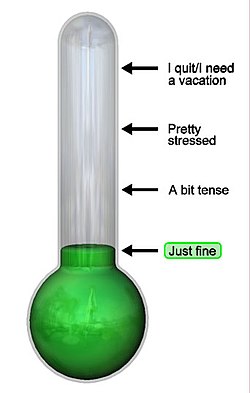Galaxea fascicularis is a species of colonial
stony coral in the family
Euphylliidae, commonly known as octopus coral, fluorescence grass coral, or galaxy coral. It is found in the
Red Sea, the
Gulf of Aden and in large areas of the Indo-Pacific, on
coral-reef slopes at depths between between 2 metres (6.6 ft) and 15 metres (49 ft). Small colonies of
G. fascicularis often form low domes but as they grow, the
colonies become more irregular, massively hummocky or columnar, and may eventually reach 5 metres (16 ft) across. The individual
polyps are embedded in circular, tube-shaped
corallites less than 1 centimetre (0.39 in) across, made of a limy material extruded by the polyps. Lining the corallites are a large number of ridge-like
septa radiating from the centre. The polyps often feed in the daytime, and when their tentacles are extended the basic skeleton of the coral is hidden. The general colour of the coral ranges from green and grey to reddish brown. The tentacles are often a contrasting colour and are usually tipped with white. This
G. fascicularis colony was photographed in the Red Sea off the coast of Egypt.
Photograph credit: Diego Delso


